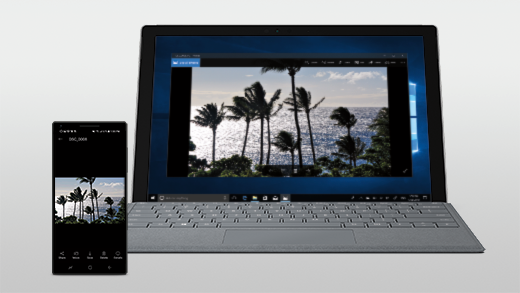


Support for desktop apps may be available later this year.Ī handy new gesture has been introduced. All apps must be purchased through the Microsoft Store, at least for now. Legacy desktop apps will not work in windows 10X. Results show local files along with data collected from the Bing search engine.Īpps such as the Registry Editor, Group Policy Editor, Control Panel, Windows Run and Task Manager have been removed. The search function, now built into the Star Menu, appears to be faster than previous versions, according to early testers. And File Explorer also simplified, will resemble to sparse interface familiar to users of OneDrive. Settings for notifications have been moved to the Action center. The Start Menu will no longer feature Live Tiles, which permitted customized notifications of new emails, app updates and calendar appointments, but instead will display a simple list of apps and recently accessed documents. Connections to local accounts will not be accommodated. Windows 10X will require users to create a OneDrive account if they don't already have one. Basically all files will be synched, except for downloaded files. The old System Tray has been removed from the Task Bar and instead, the Action Center shows the time and a list of commonly used functions such as volume, bluetooth, audio device selection and wi-fi.ĭevices using Windows 10X will automatically synch with Microsoft's OneDrive accounts, so users will have copies of their documents, music and photos secured in the cloud. Gone are the lengthy displays of system display icons. Windows 10X features a new Action Center and Start Menu. Introduction of the dual-screen Surface Neo has been delayed since a prototype was unveiled in 2019 and Microsoft subsequently positioned its new OS for use on low-cost devices that will compete with Google's Chromebook. Windows Central and The Verge obtained pre-release copies of the system, originally designed for foldable and dual-screen devices but later repurposed for single-screen PCs.


 0 kommentar(er)
0 kommentar(er)
